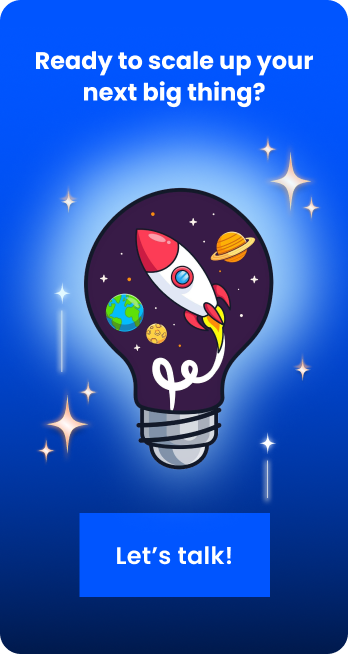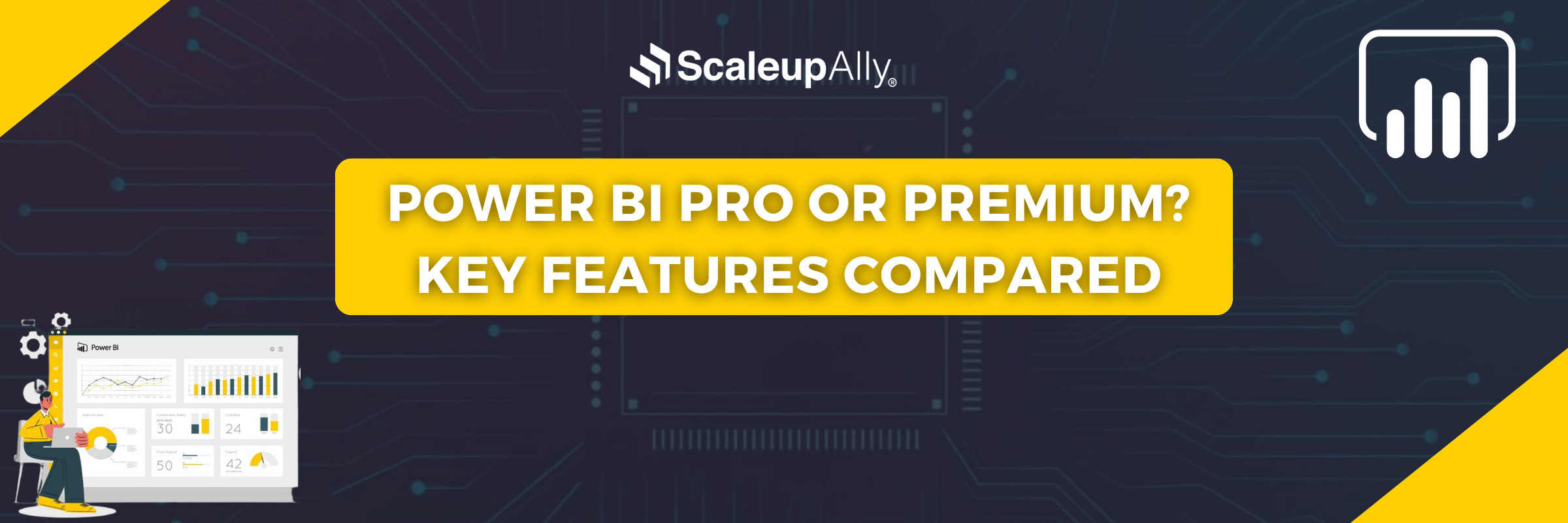
Power BI Pro or Premium? Key Features Compared
Tarsem Singh | April 2, 2025 , 10 min read
Table Of Content
Usually on paper, Premium looks like it’s all you’ll need: bigger datasets, fancier AI, and the allure of “enterprise-grade” everything. However, you will probably not use half the features being offered. Meanwhile, Pro users are already making good use of their subscriptions.
In this blog, we compare Power BI Pro vs Premium to find the best solution for your business. We will also discuss key features, pricing, and ideal use cases that will help you make an informed decision. We are exploring what each tier offers and whether you’ll actually use it. Let’s get started.
Key Takeaways
- Power BI Pro is affordable and practical, which makes it best for teams under 500 users with standard reporting needs and moderate data sizes (under 1GB).
- Power BI Premium has enterprise power, and is needed for large datasets (400GB+), frequent refreshes (48/day), and sharing with unlimited users (no per-viewer fees).
- When considering cost vs. scale, Power BI Pro is pay-per-user ($10/month), while Premium is pay-for-capacity ($4,995+/month) but cheaper at scale.
- Power BI Premium unlocks AI, paginated reports, embedded analytics, and global data compliance. However, Pro doesn’t.
What is Power BI Pro?
Power BI Pro is the foundational license for organizations serious about data-driven decision-making. Designed for analysts, teams, and business users, it unlocks the full potential of self-service BI while maintaining enterprise-grade governance.
Features of Power BI Pro
Power BI Pro delivers core business intelligence capabilities for teams needing scalable analytics without enterprise complexity. Here are some of its features:
1. Seamless Report Publishing
With the Power BI Pro, you’ll be able to distribute interactive dashboards organization-wide with controlled access. Pro enables secure sharing through workspaces, ensuring stakeholders view current data while maintaining governance over sensitive information.
2. Real-Time Collaboration
Multiple analysts can simultaneously edit reports in shared workspaces. This eliminates versioning issues and accelerates insights through collective expertise.
3. Extensive Data Connectivity
Integrate with 100+ sources, including databases, cloud services, and files. Live connections and scheduled imports provide flexibility for diverse data environments.
4. Scheduled Dataset Refresh
Automate data updates up to 8 times daily. Balance freshness with performance using incremental refresh for large datasets.
5. Row-Level Security
Implement dynamic data masking through security roles. Control access at the row level without creating separate reports.
6. Mobile Accessibility
Access dashboards on iOS, Android, and Windows devices. The responsive design ensures proper rendering across phones and tablets.
7. Microsoft 365 Integration
Embed reports in Teams chats, SharePoint pages, and PowerPoint presentations. This surfaces insights where work happens.
8. Quick Insights
Leverage automated machine learning to detect patterns, trends, and outliers in datasets without manual analysis.
What is Power BI Premium?
Power BI Premium is designed for organizations where data volume, performance, and advanced capabilities are non-negotiable. Premium removes the barriers of Pro licensing while introducing powerful new features.
Key Features of Power BI Premium
1. Dedicated Cloud Capacity
Premium provides reserved hardware resources in Microsoft’s cloud, ensuring consistent performance even during peak usage. Your reports run on an isolated infrastructure.
2. Unlimited Content Sharing
Share reports with anyone in your organization (no per-user Pro licenses required). External guest users can get access too, eliminating costly license sprawl.
3. Enterprise-Scale Data Models
Host massive datasets (up to 400GB) with DirectQuery and live connection support. Premium handles complex models that would cripple Pro workspaces.
4. Advanced Refresh Options
Go beyond Pro’s 8 daily refreshes with near real-time data flows (up to 48 refreshes/day). Premium Per User offers 6 refreshes/hour for power users.
5. AI and Cognitive Services
Access premium AI features like automated machine learning, cognitive services for text/image analysis, and advanced dataflows for ETL at scale.
6. Multi-Geo Deployment
Deploy content across Microsoft datacenters worldwide to comply with data residency requirements (a must for global enterprises).
7. Paginated Reports
Generate pixel-perfect, printable reports (like SSRS) with Premium’s paginated report capability, which is ideal for financial statements and operational reports.
8. Embedded Analytics
White-label Power BI for customer-facing applications without requiring recipients to sign in or have licenses.
9. Higher Limits Everywhere
Bigger datasets (up to 100TB with Premium Gen2), more frequent refreshes, larger file uploads (up to 100GB), and increased streaming data throughput.
10. Cost-Effective at Scale
For organizations with 500+ users, Premium becomes cheaper than buying individual Pro licenses, while delivering superior capabilities.
Power BI Pro Vs Premium: A Detailed Comparison
The choice between Power BI Pro vs Premium comes down to scale, performance, and advanced capabilities. Below, we highlight the differences between Power BI Pro and Premium across critical parameters that will help you determine which license best fits your needs.
| Parameter | Power BI Pro | Power BI Premium |
|---|---|---|
| Licensing Model | Per-user license required for creators and viewers | Capacity-based (dedicated cloud resources) + optional Per User option |
| Content Sharing | Limited to users with Pro licenses | Unlimited sharing (viewers don’t need Pro licenses) |
| Dataset Size Limit | 1 GB per dataset (up to 10 GB with Premium Per User) | Up to 400 GB (100 TB with Premium Gen2) |
| Data Refresh Rate | 8 refreshes/day | 48 refreshes/day (near real-time) |
| AI & Advanced Analytics | Basic Quick Insights | Full access to AutoML, Cognitive Services, and advanced dataflows |
| Paginated Reports | Not available | Built-in support for pixel-perfect paginated reports |
| Embedded Analytics | Limited to internal users | Full white-label embedding for external apps |
| Multi-Geo Support | Not available | Deploy content across global data centers |
This Pro vs Premium Power BI comparison shows that while Pro might be suitable for most of the businesses, Premium unlocks enterprise-grade scalability.
Unlock the Full Potential of Power BI
Whether you’re weighing the benefits of Pro vs Premium, the key is not just choosing the right license—but making the most of it. At ScaleupAlly, our Power BI development services.
help businesses design scalable dashboards, optimize licensing, and implement enterprise-grade analytics tailored to your goals. From small teams to global enterprises, we ensure Power BI delivers maximum ROI.
When to Use Power BI Pro?
While Power BI Premium caters to large enterprises, Power BI Pro remains the smarter choice for many organizations. Here’s when Pro delivers the most value:
1. Small to Mid-Sized Teams
Power BI Pro is ideal for departments or growing companies with limited users. Since licensing is per person, it’s cost-effective for teams where only analysts and key stakeholders need full access. If your user base is under 500, Pro typically offers better ROI than Premium capacity.
2. Moderate Data Volumes
If your datasets stay under 1GB and don’t require ultra-frequent refreshes, Pro handles them efficiently. It supports scheduled refreshes (8/day) and incremental loading, making it suitable for most operational reports without the overhead of Premium’s infrastructure.
3. Internal Collaboration Needs
Pro works well when sharing dashboards within an organization where all users can be licensed. Its real-time co-authoring and Microsoft 365 integration streamline teamwork without requiring Premium’s unlimited sharing features.
4. Standard Reporting Requirements
If you don’t need paginated reports, advanced AI, or multi-geo deployments, Pro covers core visualization and self-service BI needs. Most ad-hoc analyses and interactive reports work perfectly within Pro’s framework.
5. Budget Constraints
For companies watching costs, Pro’s $10/user/month pricing is far more accessible than Premium’s $4,995+/month capacity model. It provides strong analytics without the steep upfront investment.
6. No External Sharing Needed
If all report consumers are internal employees (who can be assigned Pro licenses), Premium’s unlimited sharing offers no advantage. Pro’s sharing permissions are sufficient for controlled internal distribution.
7. Trial or Proof of Concept
Organizations testing Power BI often start with Pro licenses before committing to Premium. It allows full feature exploration without large-scale deployment costs.
8. Microsoft 365 Integration
Teams deeply embedded in Microsoft 365 benefit from Pro’s seamless Teams, SharePoint, and PowerPoint integration. These features are equally available without Premium.
When to Use Power BI Premium?
While Power BI Pro handles most business intelligence needs, certain scenarios demand the advanced capabilities of Power BI Premium. Here are the key situations where Premium justifies its investment:
1. Enterprise-Grade Deployments
When your organization has 500+ users, Premium’s capacity-based licensing becomes more cost-effective than individual Pro licenses. The dedicated cloud resources ensure consistent performance for large user bases without per-user fees for viewers.
2. Large Dataset Requirements
Premium is mandatory when working with datasets exceeding 1GB (Pro’s limit) up to 400GB. It supports complex models with millions of rows that would crash or refresh painfully slowly in Pro environments, especially when using DirectQuery or live connections to massive data sources.
3. Frequent Data Refresh Needs
For near real-time analytics requiring more than 8 daily refreshes, Premium delivers up to 48 refreshes per day. This is critical for operational dashboards tracking inventory, financial markets, or IoT sensor data, where stale information has immediate business consequences.
4. External User Sharing
Premium eliminates the need for external clients or partners to have Pro licenses. Its unlimited sharing capability lets you securely distribute reports to anyone via links or embedded analytics, which is perfect for customer-facing portals or supplier performance dashboards.
5. Advanced AI Capabilities
Organizations needing automated machine learning, text analytics, image recognition, or other cognitive services require Premium. These powerful AI features help uncover deeper insights from unstructured data that Pro’s basic Quick Insights can’t match.
6. Regulatory Compliance Needs
For global companies with data residency requirements, Premium’s multi-geo deployment ensures reports and data stay within specified regions. This is essential for GDPR, HIPAA, or other compliance scenarios where data sovereignty matters.
7. Embedded Analytics Solutions
When embedding interactive reports in customer applications or websites, Premium provides proper white-labeling and authentication options without requiring end-users to have any Power BI licenses (a capability completely absent in Pro).
8. Mission-Critical Reliability
Premium’s dedicated capacity guarantees consistent performance during peak usage periods, unlike Pro’s shared resources, which may slow down. For 24/7 operations where downtime costs thousands per minute, this reliability is worth the investment.
Premium transforms Power BI from a departmental tool to an enterprise analytics platform. The decision depends on whether your organization has outgrown Pro’s limitations in scale, performance, or functionality.
Also Read: Power BI License Types: A Clear Breakdown of Options
Conclusion
If your needs are contained (moderate data, a manageable user base, and standard reporting), Pro remains the undisputed champion. It’s cost-effective, straightforward and packs enough for most businesses. The Power BI Pro vs Premium Per User debate only matters if you need a few Premium features without full-scale commitment.
But when your data grows legs and starts sprinting, or when you’re refreshing reports hourly, serving thousands of users, or embedding analytics in customer apps, that’s when Premium stops being an expense and starts being an enabler.
Frequently Asked Questions
Q: Is Power BI Premium worth it for small businesses?
Only if you need advanced features like unlimited sharing or large datasets. Most small businesses find Power BI Pro sufficient and cost-effective. Premium becomes viable when scaling beyond Pro’s limits.
Q: Can I upgrade from Power BI Pro to Premium?
Yes. Microsoft allows hybrid deployments. You can keep Pro users while adding Premium capacity. Migrating reports is straightforward, with no data loss.
Q: Does Power BI Premium include a Pro license?
No. Premium provides capacity, but report creators still need Pro licenses. Viewers, however, can access Premium content without Pro.
Q: What are the data refresh limits for Power BI Pro and Premium?
Pro allows 8 refreshes/day; Premium supports 48/day (or 6/hour with Premium Per User).
Q: Do I still need a Pro license with Power BI Premium?
Only for publishing content. Premium lets viewers access reports without Pro licenses, reducing costs at scale.
Related Blogs
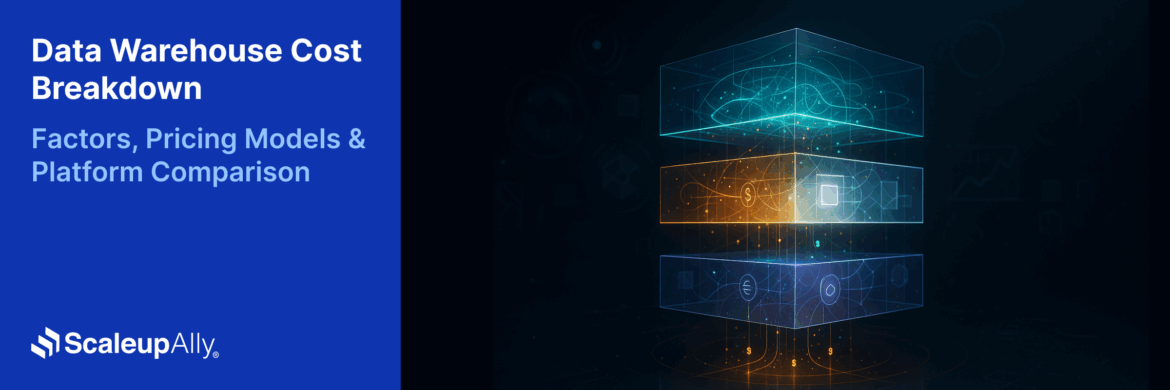
Data Warehouse Cost Breakdown: Factors, Pricing Models & Platform Comparison
Discover how much a data warehouse costs in 2025. Explore pricing models, key factors, and platform comparisons to plan your data budget effectively.
Tarsem Singh
Nov 6 ,
14 min read
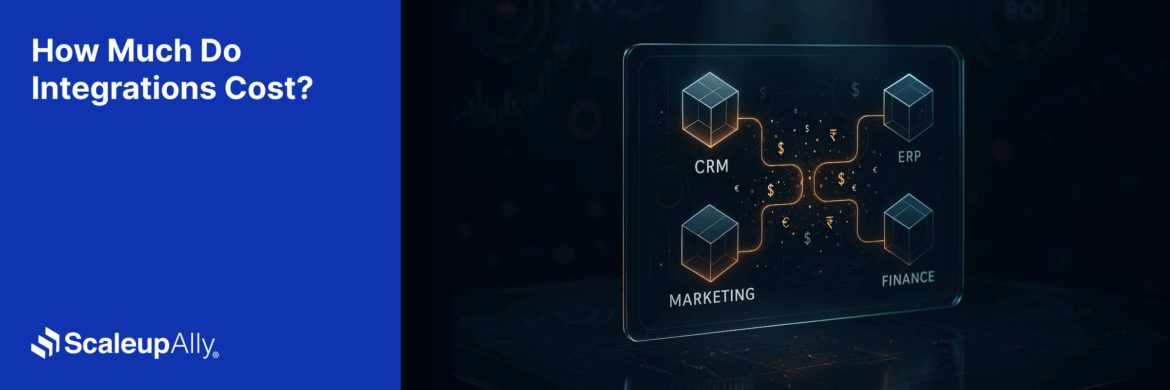
How Much Do Integrations Cost? [Pricing Breakdown & Key Insights]
Learn how much integrations cost, key factors influencing pricing, hidden expenses to avoid, and effective ways to reduce integration costs.
Tarsem Singh
Nov 6 ,
9 min read
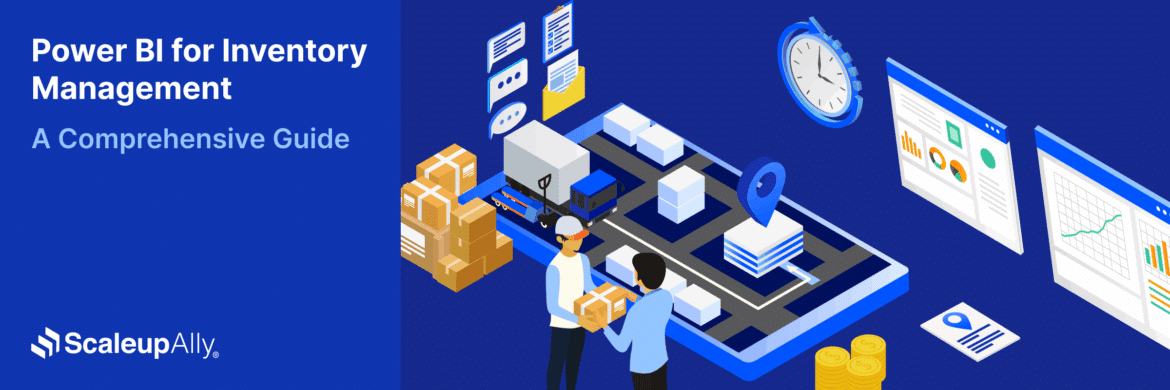
Power BI for Inventory Management: A Comprehensive Guide
Explore the hidden power of Power BI for inventory management and how it provides businesses with powerful analytics and visualization capabilities.
Tarsem Singh
Oct 8 ,
19 min read
